JAMMU, India—Twenty-five years after they left the Kashmir Valley amid ethnic violence and terror, a Brahmin community is still yearning for home, but the obstacles to returning are many.
Nothing of their homes remains, and starting from scratch is daunting for them, especially for the elders. The Brahmins—who are part of a traditional caste of priests, artisans, teachers, and technicians—also want assurances that the majority Muslim population wants them back before they will accept any of the Indian government’s offers of assistance to help them return.
There is also the problem of finding work, a livelihood, and farming.
Maharaj Krishna Kardar, 55, a migrant Kashmiri pandit at the Jammu Province-run Poorkhu migrant camp, recalls the days of terror that forced the community out of the picturesque Kashmir Valley.
“The Muslim [community] wanted the valley to merge with Pakistan, and our community was vocal about its support for India, and we were targeted,” Kardar explained.
Everywhere around the valley we heard Muslims shouting slogans: “What do we want?”
Their response: “Azadi.” The word means freedom in Urdu, and referred to their desire to be free from India.
In that environment, Kardar and his minority community were unwelcome. Nearly 125,000 Kashmiri pandits (34,202 families) migrated between 1989 and 2009, from Kashmir to Jammu in another part of the state, according to Relief Organization, a group run by the state of Jammu and Kashmir that has assisted the families.
A mass exodus on Jan. 19, 1990, has been described as the biggest ever since the partition of the Indian subcontinent in 1947, which led to the creation of Pakistan. A year earlier, in 1989, an Islamic militant uprising in India-controlled Kashmir led to the killing of tens of thousands, among them local Muslims and Indian soldiers.
Contemplating Return
Daya Krishen, president of the Poorkhu migrant camp, believes that the return of Kashmiri pandits to the valley isn’t possible.
“The government asks us to return, but we are not going to live with the government there. We'll live with the people. We cannot return until, and unless, the people want us back,” he said emphatically.
“People of my age do want to go back, but our children don’t want to,” said Kardar. “They say, ‘We have nothing there, why should we go there?’”
“They were born and raised here, they haven’t seen the culture and the place,” he added.
According to Krishen, the cultural fabric of Kashmir has changed forever. “Our return will never be. We have nothing there. Our roots are eliminated. Do you know the district Anantnag is called Islamabad? In papers and records it’s Anantnag, but publicly it’s called Islamabad.”
Islamabad is the name of the capital city of Pakistan. Anantnag literally means “the abode of springs.” “Nag,” in the Kashmiri language, means spring.
Kardar nostalgically remembers the diverse culture of Kashmir and laments that the value system that used to integrate the ethnicities no longer exists there.
“In our days, it was just not possible for a pandit boy to smoke a cigarette before a Haji Muslim (who had visited Mecca), and whenever a pandit woman entered a public bus, Muslims, even if they were elderly, would offer her a seat. Now all that is gone!
“Those who lived with us are no longer there. The current generation doesn’t recognize us.”
Krishen wants the uncertainty about their status to come to an end. “Rehabilitate us somewhere forever, either here or there,” he said.
Trauma and Mass Exodus
Kashmir is one of three provinces in the Indian state of Jammu and Kashmir. Maharaja Hari Singh agreed to accede to the newly formed nation of India after Pakistan invaded the valley in 1947 and India provided Kashmir military protection. Since then three wars have been fought in the region.
According to Krishen, in March 1990, Kashmir pandits who were vocal in their support of India were targeted and killed in broad daylight.
“An atmosphere of terror was created around us,” recalled Krishen. He said the terrorizing slogan in Kashmiri language during those days was “Batu Begaar Betayamsan, aushgazh panum Pakistan,” which means, “With the exception of Kashmiri pandit men, with Kashmiri pandit women we will become Pakistan.”
Krishen said posters were stuck to temple walls asking specific people to leave the valley.
Premnath Bhat, an advocate of the Kashmir High Court, was killed outside his home, and his body lay there on the street for two days as a curfew had been imposed, Krishen said.
There were others, he continued, like Neelkanth Ganjoo, a judge with the Kashmir High Court who was killed for ordering Maqbool Bhatt (described as a terrorist by India and a pro-freedom leader by Kashmiri separatists and Pakistan), put to death.
Kardar’s cousin, who was vocal in his support of India, was hanged after being tortured. “His eyes were gorged out and his body had cigarette burn marks all over it,” Kardar said.
A religious-based geopolitics between Pakistan and India continues to foment instability in the region to this day.
India accuses Pakistan of fighting a proxy war in Kashmir by supporting terrorist elements, however Pakistan terms it supporting the rights of determination of the Kashmiri people.
Migrant Camps
Poorkhu migrant camp currently houses 256 Kashmiri pandit families. There are four more migrant camps in Jammu, the largest is at Jagti, with 4,200 families.
“We left everything there and escaped only with our lives,” said Kardar. “For two and a half months we lived in the open, after which we were given tents where we lived for the next five years. From 1995 to 2008 we lived in single room homes. ... In 2008, we were given these two-room apartments,” he said.
Many refugees at Poorkhu are employed by the government, and many of the unemployed survive on pensions provided by the government.
Those Who Dared Stay
While most of the pandits escaped out of Kashmir between November 1989 and March 1990, some stayed back. Their hope for normalcy soon diminished when in Nadimarg Village in Pulwama District of Kashmir, 24 Kashmiri pandits, including 12 women and one 2-year-old child, were killed in machine gun fire by terrorists later identified as those belonging to Lashkar-e-Taiba (LeT), a terrorist organization operating from Pakistan. The LeT is an organization banned in India, the United States, and Britain, and sanctioned by the United Nations.
Chuni Lal Raina, 72, currently residing in Poorkhu camp, was the only survivor of the Nadimarg massacre. “They (terrorists) made all of us sit under a big chinar tree. First, they took our pictures, and then, as the flash of the camera went off, within no time they fired at us. My wife died. I hid one of my sons on the third floor of the house, and my other son was away in Srinagar City. They survived,” he said.
“We left our home after doing the cremation rites for my wife,” Raina said, adding that all their money and gold had been looted.
“I was struck by two bullets, one on my shoulder, and another on my ankle. It took me 20 minutes to get up in pain and look for help. Don’t ask me more, my heart burns, only I saw that,” Raina said.
Since then, Raina and his sons have never gone back. “Our village is lying empty today,” he said.
Repatriation Attempts
The government of Jammu and Kashmir has tried many times to encourage the pandits to return home. Most recently, in April 2008, Indian Prime Minister Manmohan Singh announced a package for the return and rehabilitation of those pandits who wished to return home.
The package offered money for the repair and rebuilding of homes, and also money for those who sold their properties after 1989. It also offered transitional accommodation to the returning families, and financial assistance to farmers.
However, according to Kardar, little has been implemented so far.
“This has benefited only those who were students under the prime minister’s package and got government jobs in the valley. They are put in shelters, which are offered to them on a shared basis, with two to four students per room.
“No family, which migrated after 1989 has returned back,” Kardar said.
According to Krishen, the package offered 6,000 jobs to young pandits; 3,000 were offered by the national government and 3,000 by the state government. To date, only the national government has provided 1,442 jobs.
Kardar’s own 27-year-old daughter is working in a government department in the valley, and is living in a shelter, while he, along with rest of his family, remain in Poorkhu migrant camp.
Recalling Home
The government has tried to encourage pandits to visit Kashmir, at least for popular festivals, but they go only under heavy security.
However, last year, there were reports that the pandits could visit the famous Keheer Bhavani temple without security, and thousands of pandits from around India visited the shrine.
An increase in the number of Kashmiri pandit pilgrims to the valley has encouraged the government.
“Before bringing back Kashmiri pandits, we have to instill a sense of security in them. We are making all our efforts in this direction,” said Omar Abdullah, chief minister of Jammu and Kashmir State, at Kheer Bhavani last year, according to a report in the Hindu, an India-based English-language daily newspaper.
Kardar visited the temple with a lot of hope in his heart, however he was disappointed.
“I took my whole family along, but our homes were occupied by an army regiment. We were not allowed to see them.”
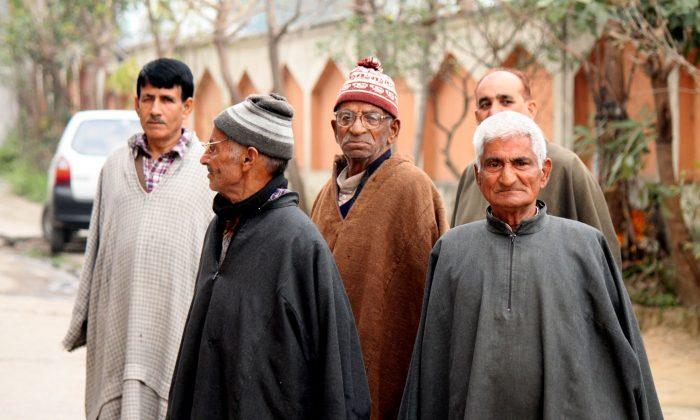

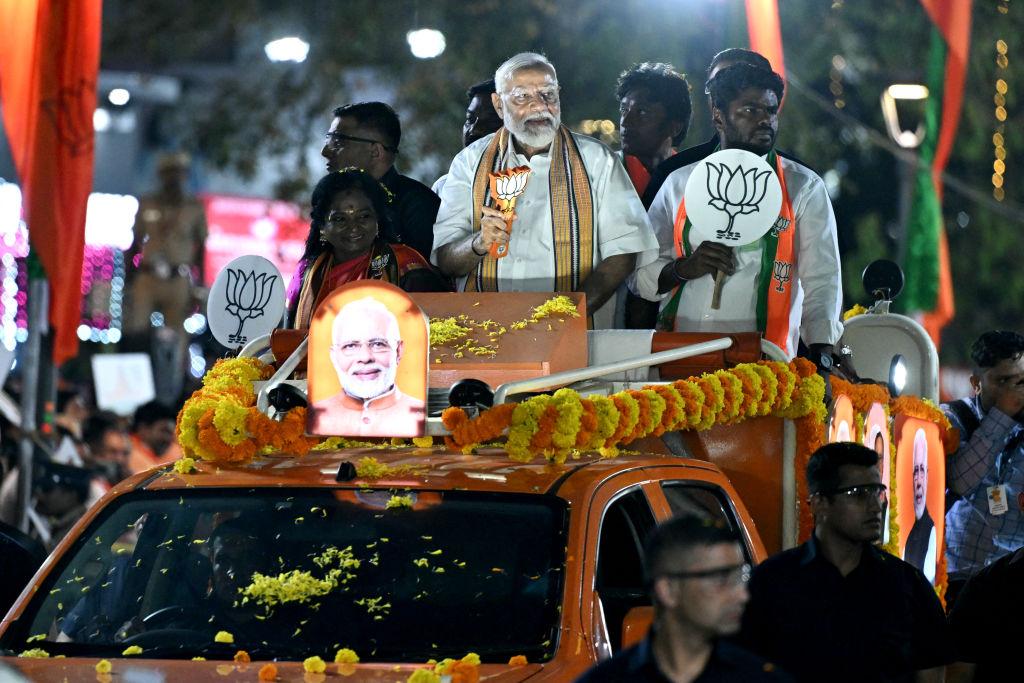
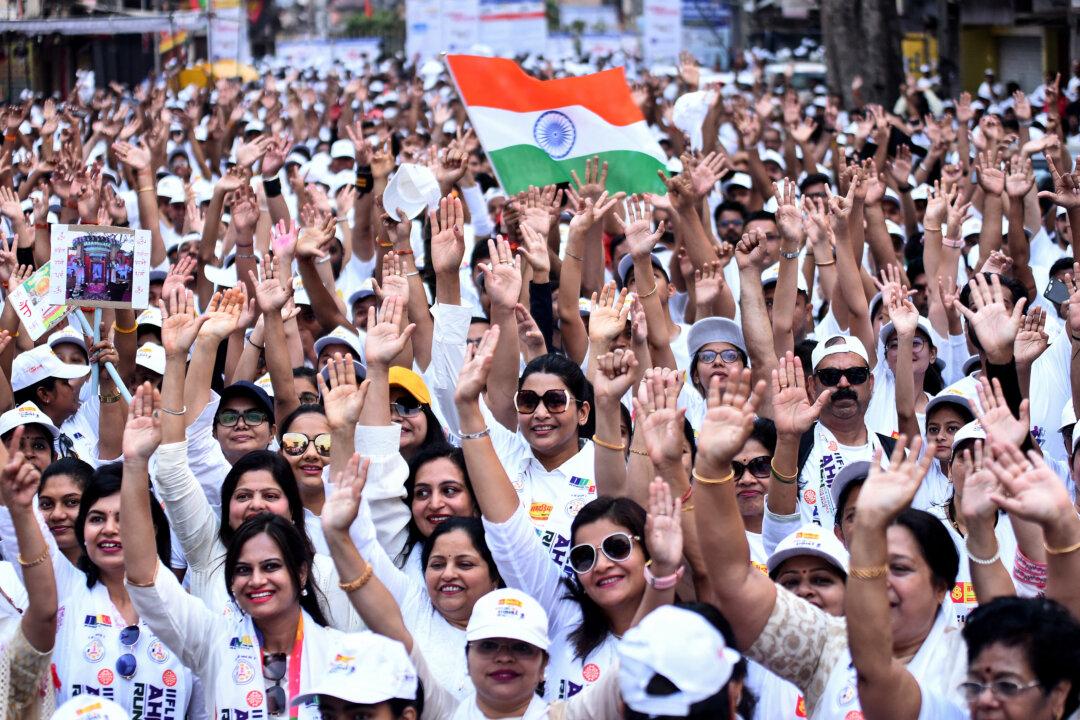
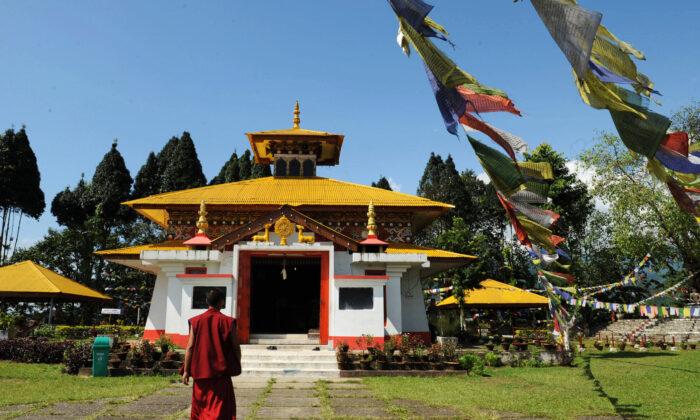
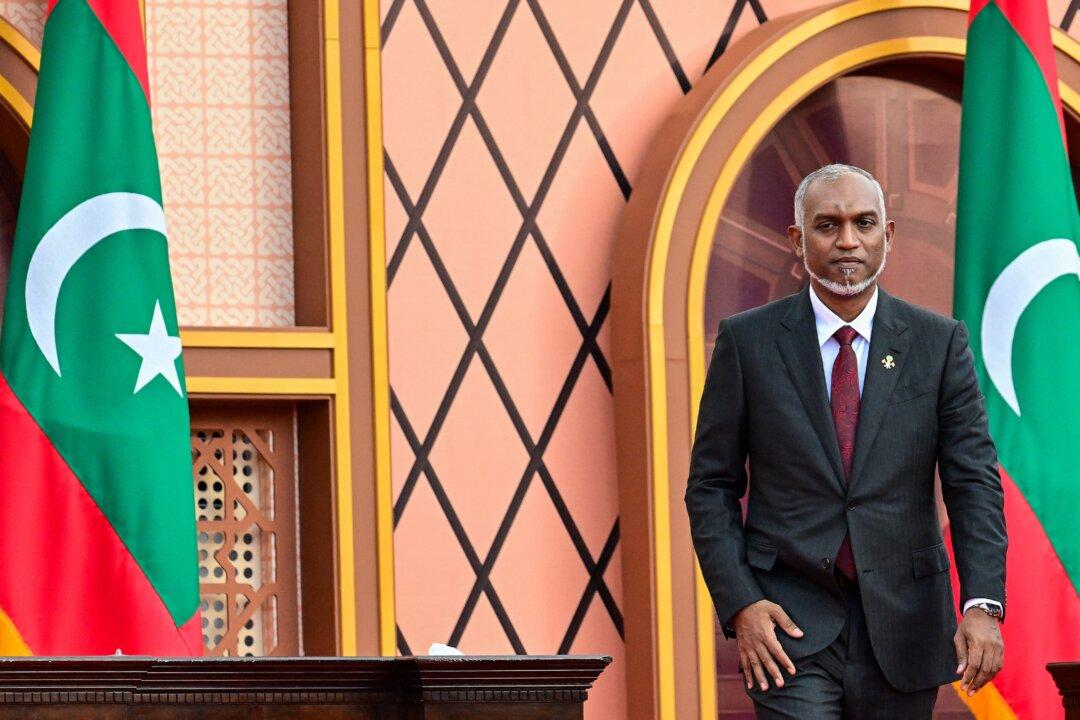
Friends Read Free